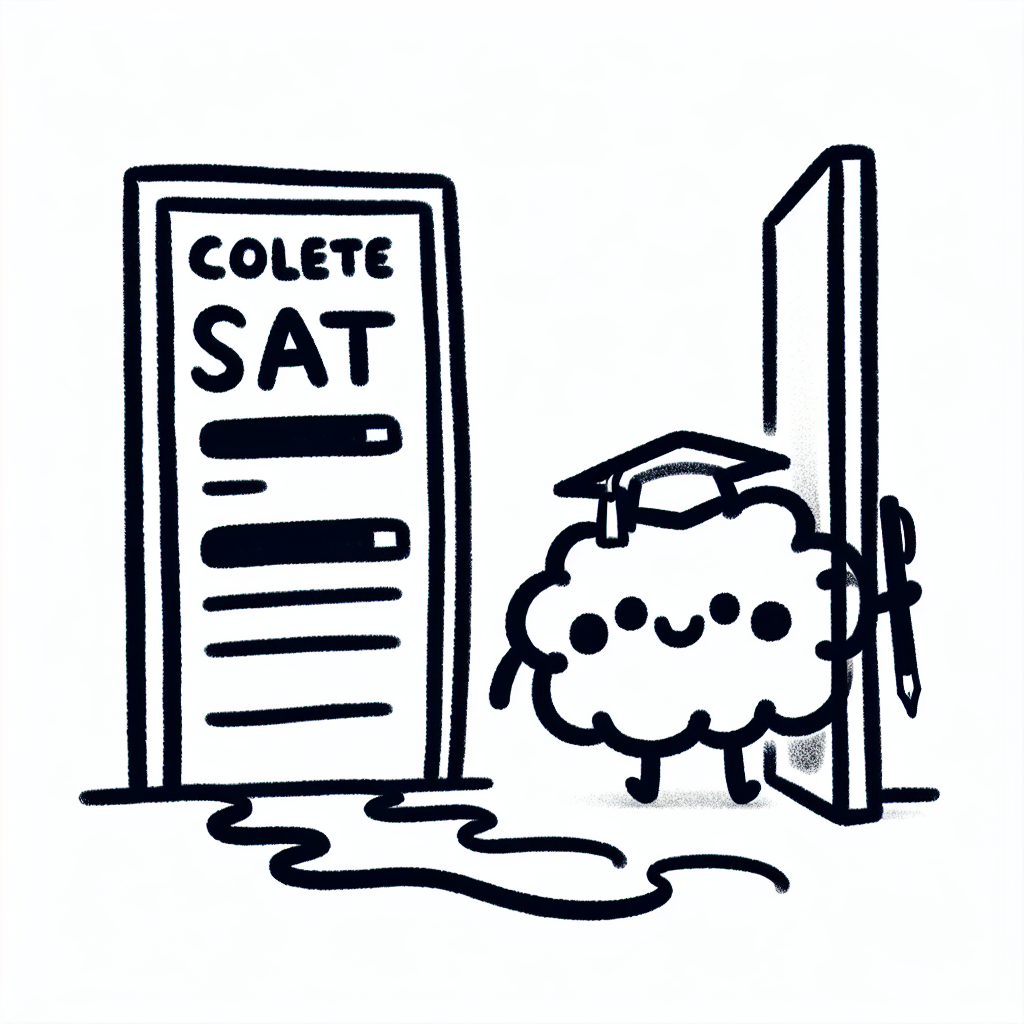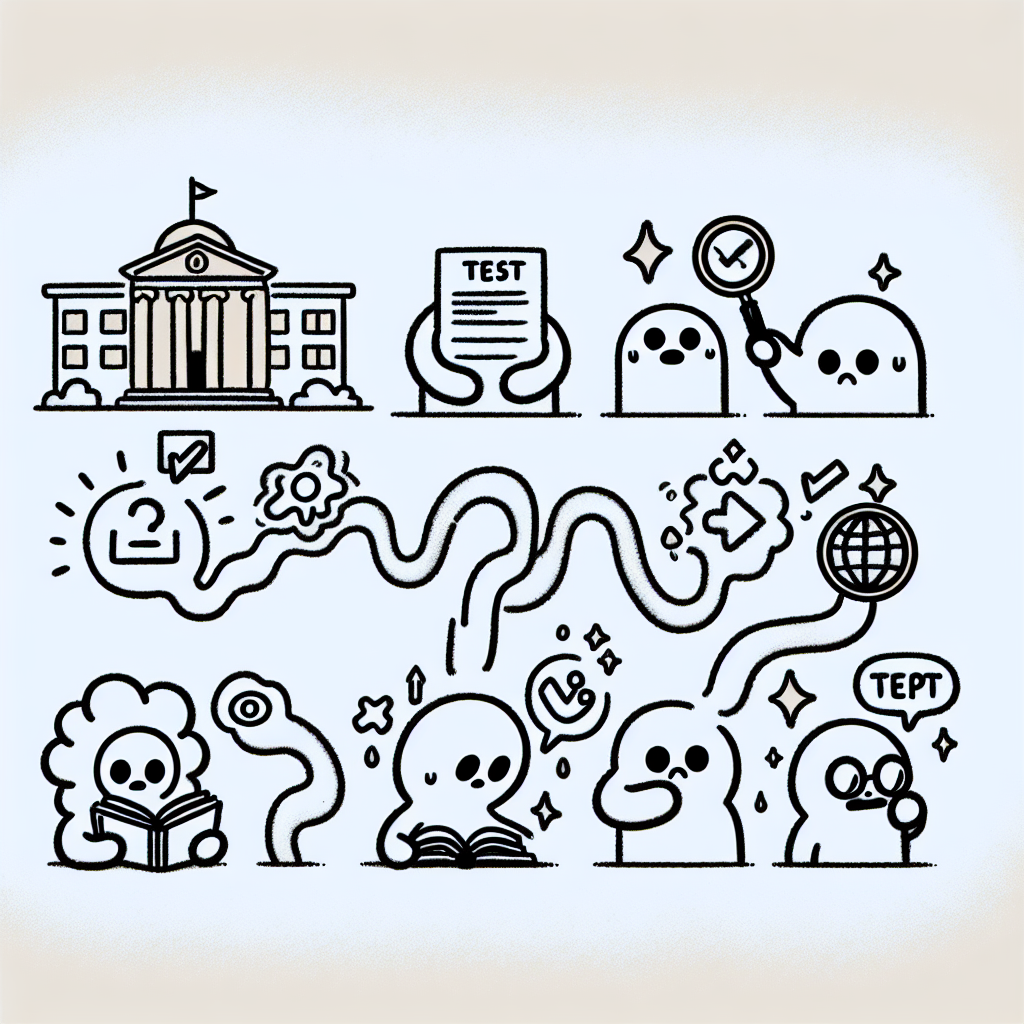Introduction
In recent years, there has been a significant shift in the college admissions landscape with more institutions becoming colleges that don't require SAT scores. This movement toward test-optional admissions began gaining traction in the early 2000s as schools questioned the fairness and predictive value of standardized testing. However, the trend accelerated rapidly during the COVID-19 pandemic, when widespread test cancellations prompted many colleges and universities to suspend their SAT requirements.
This change holds substantial implications for students, families, and high school counselors. Without the need to submit SAT scores, applicants may feel less pressure during an already stressful process. It also opens doors for students whose strengths lie outside standardized testing. Understanding which colleges that don't require SAT scores can help families make informed decisions and better navigate the evolving admissions process.

Understanding Test-Optional Policies
Definition and Key Terms
When researching colleges that don't require SAT scores, it's important to understand the differences among test-optional, test-blind, and test-flexible policies.
- Test-optional means students can choose whether or not to submit SAT (or ACT) scores as part of their application. If they believe their scores strengthen their application, they can include them; if not, they can omit them without penalty.
- Test-blind institutions do not consider standardized test scores at all, even if submitted. These colleges evaluate applicants based solely on other materials like GPA, coursework, essays, and extracurriculars.
- Test-flexible schools allow applicants to submit alternative standardized test scores (such as AP exams, IB scores, or SAT Subject Tests) in place of the SAT or ACT.
Despite being labeled “optional,” SAT scores may still play a role in merit scholarship decisions or placement in certain programs. Therefore, “optional” doesn’t always mean irrelevant.
Historical Context
The movement toward test-optional admissions began in the 1960s, led by a few progressive liberal arts colleges seeking more holistic ways to evaluate students. Bowdoin College, for example, adopted a test-optional policy in 1969.
In the 2000s, more institutions joined the trend, citing concerns about fairness and the predictive validity of standardized tests. The shift accelerated rapidly after 2020, as the COVID-19 pandemic disrupted test access nationwide. Many colleges adopted temporary test-optional policies, with some later making the change permanent.
This transformation was further influenced by growing awareness of racial and economic disparities in education. Social justice and equity movements highlighted how standardized testing can disadvantage underrepresented students, prompting more schools to reconsider their admissions criteria.
Motivations Behind the Shift
Colleges that don't require SAT scores typically aim to:
- Promote diversity and inclusion by removing a barrier that has historically favored students from more privileged backgrounds.
- Reduce obstacles for first-generation and low-income students who may lack access to test preparation resources or testing centers.
- Respond to criticisms of standardized testing, including claims of cultural bias, inconsistent access, and high costs for families.
- Improve institutional metrics such as application volume and selectivity. By making test scores optional, schools often see a rise in the number of applicants, allowing them to be more selective in admissions.

📊 The Landscape Today: Test-Optional by the Numbers
🏫 Colleges Not Requiring SAT Scores Today
As of the 2024–2025 admissions cycle, 95.02% of U.S. colleges do not require SAT scores for admission. This significant shift reflects a growing emphasis on holistic admissions and a move away from standardized testing as a universal benchmark (collegetuitioncompare.com).
🪪 Open Admissions Policies
In addition to test-optional policies, many institutions have adopted open admissions approaches. As of the 2021–2022 academic year, 25% of four-year institutions in the United States had open admissions policies, allowing students to be admitted regardless of standardized test scores or high school GPA (nces.ed.gov.qipservices.com).
🏛️ Top Colleges Going Test-Optional
Even among elite institutions, the test-optional trend is gaining ground. Half of the "Top 100" national liberal arts colleges no longer require standardized test scores for admission (fairtest.org). Notable examples of colleges that don't require SAT scores include Bowdoin College, Smith College, Pitzer College, and the University of Chicago. These schools demonstrate that test-optional policies are not limited to less selective institutions but are also embraced by highly competitive colleges.

🌍 Impacts on the Higher Education Ecosystem
🤝 Increased Accessibility and Equity
Colleges that don't require SAT scores have significantly increased access for underrepresented minorities, first-generation students, and applicants from under-resourced schools. By removing standardized testing requirements, these institutions lower barriers that disproportionately impact certain demographics. One study showed a dramatic rise in minority applicants with only a 0.1% difference in graduation rates between submitters and non-submitters (en.wikipedia.org). This suggests that test-optional policies expand opportunities without compromising student success.
🧮 Shifts in Application Volume and Selectivity
Test-optional policies often lead to a surge in application numbers. With more students feeling eligible to apply, institutions receive larger applicant pools, which can make them appear more selective based on acceptance rates. However, this also introduces greater competition among applicants, particularly for selective colleges that don't require SAT scores. This shift impacts how students perceive their chances and how institutions manage enrollment.
🎓 Impact on Student Outcomes
The academic performance of students at colleges that don't require SAT scores shows minimal differences between those who submit test scores and those who do not. Graduation and retention rates remain consistent, indicating that standardized test submissions are not strong predictors of long-term academic success. This supports the argument that holistic admissions can effectively evaluate student potential.
⚖️ Institutional Challenges and Considerations
Colleges that don't require SAT scores face new challenges in admissions strategy. A 2021 study identified strategic applicant behavior and information gaps, where applicants may withhold scores based on how they interpret their competitiveness (arxiv.org). Institutions must ensure fairness in holistic admissions while managing the complexity of communicating these policies clearly. Balancing transparency and nuanced decision-making remains a key consideration for admissions offices.

Strategic Considerations for Students and Families
🎒 Who Should Still Submit Test Scores
Even though there are many colleges that don't require SAT scores, students who have earned high SAT or ACT scores may still benefit from submitting them. Strong test results can help bolster an application, especially when applying to competitive programs or merit-based scholarships that still consider standardized testing. For example, some honors colleges or specific academic departments may review test scores even if the broader institution is test-optional.
📬 How to Apply to Test-Optional Schools
When applying to colleges that don't require SAT scores, students should place greater emphasis on other parts of the application. A strong GPA, challenging coursework, and meaningful extracurricular activities become even more important. Personal essays and recommendation letters can help convey a student’s character and academic potential. Some schools also allow applicants to submit portfolios or participate in interviews to give a fuller picture of their strengths and interests.
🧠 Understanding Holistic Admissions
Many colleges that don't require SAT scores use a holistic admissions process. This means they evaluate applicants based on a wide range of factors beyond test scores. Admissions officers look at academic performance, leadership roles, community involvement, and personal qualities. They're interested in how students have taken advantage of opportunities and how they might contribute to the campus community. This approach allows students to demonstrate strengths that standardized tests might not capture.
💡 Navigating the Information Gap
Because each institution sets its own policies, it’s essential for students and families to research the specific requirements of each college. Some schools may be test-optional for general admission but still require scores for certain programs or scholarships. Checking official college websites, speaking with admissions counselors, and using reliable college search tools are effective ways to stay informed. Understanding the nuances of each school's policy helps students make informed decisions about whether to submit test scores.

The Future of Standardized Testing in Admissions
📉 Will Test-Optional Become Permanent?
The landscape of college admissions has shifted significantly in recent years, particularly among colleges that don't require SAT scores. While many institutions initially adopted test-optional policies in response to the COVID-19 pandemic, a growing number are now making these policies permanent. Notable examples include the University of Chicago and the University of California system, which have either committed to test-optional or test-blind admissions for the foreseeable future.
However, some colleges are beginning to revert to test-required policies, citing concerns over academic preparedness and the predictive value of standardized tests. Institutions like MIT have reinstated SAT requirements, arguing that the exams offer useful data for assessing students across varied educational backgrounds.
Overall, policy experimentation continues as colleges evaluate the impact of these changes on enrollment diversity, student success, and institutional priorities.
🧪 Innovations and Alternatives
As traditional standardized testing faces increased scrutiny, some colleges that don't require SAT scores are exploring innovative alternatives. Test-blind policies, in which SAT or ACT scores are not considered even if submitted, are gaining traction. For example, the California State University system has adopted a test-blind approach, fully removing standardized tests from its admissions process.
Other institutions are piloting new assessment tools aimed at capturing a broader range of student abilities. These include behavioral interviews, which assess traits like resilience and collaboration, and project-based evaluations that showcase a student's problem-solving and critical thinking skills. Such innovations aim to provide a more holistic view of applicants beyond test scores.
🌐 Broader Implications for Education Policy
The shift away from standardized testing among colleges that don't require SAT scores is also influencing broader education policy. One notable impact is on the K–12 test preparation industry. As demand for SAT prep declines, tutoring companies are adapting by offering services aligned with holistic admissions, such as essay coaching and extracurricular planning.
Additionally, these changes prompt a reevaluation of how student readiness is measured throughout the education system. Without standardized tests as a benchmark, educators and policymakers are exploring alternative metrics, including portfolio assessments and competency-based evaluations, to assess student learning and potential more effectively.

Conclusion
The shift toward colleges that don't require SAT scores is significantly reshaping the college admissions landscape. As more institutions adopt test-optional policies, students have greater flexibility in how they present themselves to schools. This movement aims to create a more equitable admissions process by reducing the emphasis on standardized testing.
However, the absence of a required SAT score doesn't mean the process is necessarily easier. Test-optional policies open new opportunities, especially for students who may not perform well on standardized tests, but they also demand a more thoughtful and strategic approach. Applicants need to consider how to best highlight their strengths through essays, extracurriculars, letters of recommendation, and GPA.
Ultimately, students should take a proactive and personalized approach when applying to colleges that don't require SAT scores. Understanding each school's specific policies and aligning application materials accordingly can help applicants make the most of these evolving admissions practices.

Citations
- College Tuition Compare: Colleges Not Requiring SAT Scores – This resource provides a comprehensive list of colleges that don't require SAT scores, helping students identify test-optional options.
- National Center for Education Statistics (NCES) – Offers data on college admissions trends, including the growing number of colleges that don’t require SAT scores.
- FairTest.org: Test-Optional Colleges – Highlights that over half of the top 100 national liberal arts colleges have adopted test-optional policies, supporting the shift away from SAT score requirements.
- Wikipedia: Liberal Arts Colleges in the United States – Provides background on liberal arts colleges, many of which are among the colleges that don't require SAT scores.
- arXiv: Impact of Test-Optional Policies – An academic study examining the effects of test-optional admissions on student diversity and academic performance, relevant to understanding the implications of colleges that don't require SAT scores.














